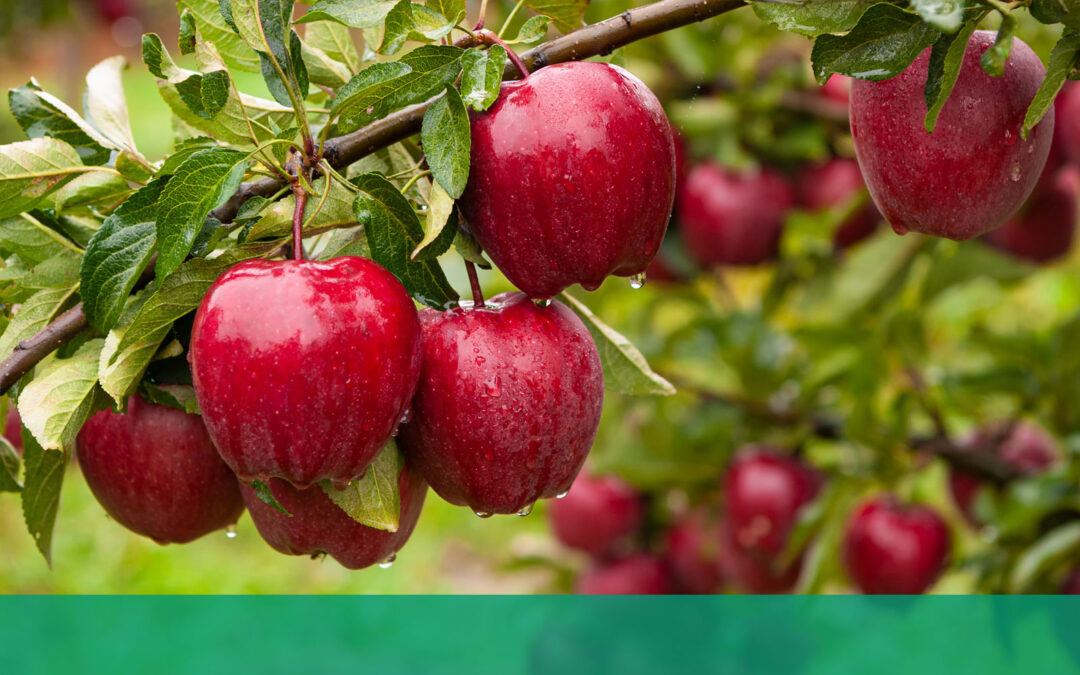The first vitamin was discovered in 1925. In the following decades, the identification and ability to isolate many of the known essential vitamins and minerals, and their use to prevent and treat nutritional deficiency related diseases, began to be understood. We learned that if we don’t have enough vitamin C, we develop scurvy. If we don’t get enough Vitamin D, we develop rickets. If we don’t get enough Vitamin B12, we develop pernicious anemia, etc. This knowledge laid the foundation for a very common stance towards food.
What nutrient do you think of when I list the following foods?
Milk –
Banana –
Carrot –
Oranges –
Hot fudge sundae –
If you stated calcium, potassium, vitamin A, Vitamin C, and calories, in that order, you would get 100% on any nutrition quiz.
Nutrition science has taken it to the next level by determining how much of each nutrient one needs to avoid deficiency. Our reduced way of looking at food is reflected in how we talk about it. The word protein is used to refer to meat. The word carbs is used to refer to bread or potatoes.
Let’s use calcium as an example of the shortsightedness of this approach. It is advised that a woman my age ingest 1,200 mg of calcium a day. To obtain that, I could potentially eat a variety of the following:
| Yogurt (low-fat) | 8 ounces | 388 mg |
| Milk | 1 cup | 310 mg |
| Ricotta cheese, whole milk | 1/2 cup | 289 mg |
| Greek yogurt, plain (low-fat) | 8 ounces | 261 mg |
| Cottage cheese, 2% fat | 1 cup | 227 mg |
| Cheddar cheese | 1 ounce | 200 mg |
| Tofu, prepared with calcium sulfate | 1/2 cup | 434 mg |
| Soy milk, fortified | 1 cup | 299 mg |
| Black beans, canned | 1 cup | 239 mg |
| Orange juice, calcium-fortified | 1 cup | 349 mg |
| Collard greens, cooked | 1 cup | 268 mg |
| Bok choy, cooked | 1 cup | 158 mg |
| Kale, cooked | 1 cup | 177-200 mg |
| Broccoli, cooked | 1 cup | 62 mg |
| Almond milk, unsweetened | 1 cup | 482 mg |
| Almonds | 1/4 cup | 92 mg |
| Sesame seeds | 1 tablespoon | 88 mg |
| Chia seeds | 1 tablespoon | 78 mg |
| Tahini | 1 tablespoon | 64 mg |
We assume that if I do the math and eat enough of calcium-rich foods, then all will be well. But, there’s a catch. Nutrition doesn’t work that way.The amount of calcium listed for a food is the measure of calcium it contains, but not the amount the body will absorb. The amount that is actually absorbed and used by the body is called “calcium bioavailability.” Some foods have higher calcium bioavailability than others. On top of that, other factors in the diet or the digestive tract itself can enhance or reduce its absorption or potency in the body.
Colin Campbell, PhD, in his book Whole: Rethinking the Science of Nutrition, refers to this typical way of looking at nutrition as “reductionistic thinking.” While this approach simplifies things a lot, it is not accurate. Sure, choose calcium-rich foods to include in the diet, but know that there’s a whole lot more to it than that. Campbell uses research done on the simple apple to expand the point.
An apple contains a mere 5.7 mg of vitamin C. Yet, when they measure the antioxidant activity of Vitamin C, it equals 1,500 mg of vitamin C. The literal amount of vitamin C in the apple “accounts for much less than 1 percent of the vitamin C-like activity in the apple.”1 Other antioxidant compounds (there could be hundreds to thousands in the apple) work synergistically with the vitamin C to create the pow!
Not only do we get nutrition wrong when we look at foods in this reductionistic way, but we fall short when we look at each other or at God, through this lens. In our efforts to understand humanity and divinity, remember that the Creator and Designer not only put this complexity in the apple, but it is part of the signature of His handiwork.
- Campbell, Colin. Whole, Rethinking the Science of Nutrition, p. 153.


